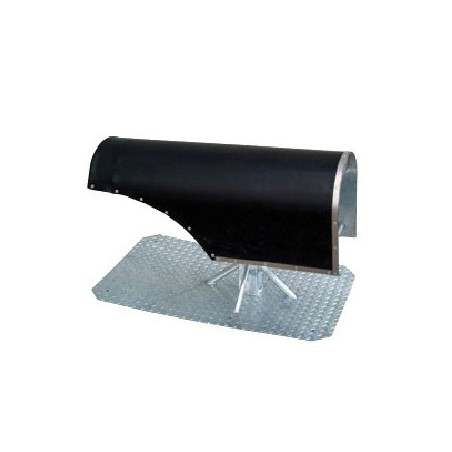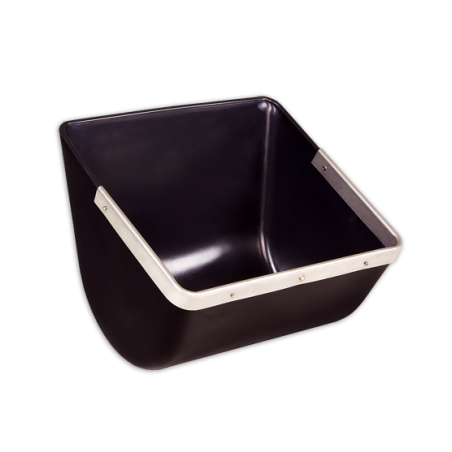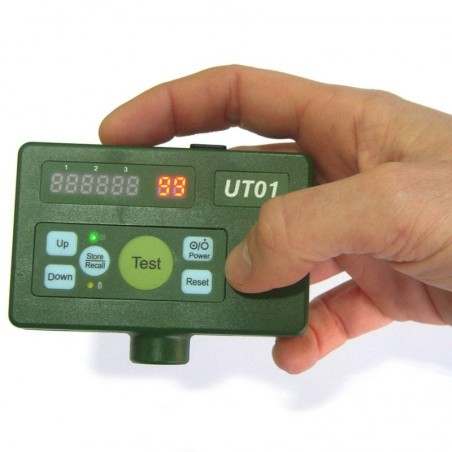In this retrospective study, we aimed to assess the effect of body weight at first service on body status development and sow performance during first parity and lifetime efficiency. A total of 360 gilts were used, which we categorized into three groups according to their body weight: Small sows (<135 kg body weight); Medium sows (135–150 kg body weight); Large sows (>150 kg body weight). We studied the gilts from first insemination to first weaning, and then monitored until culling. Sow body status, litter size and weight, farrowing rate, weaning-to-conception interval, lifetime performance, and hormones linked to metabolism were recorded.
Sows in the Small group had the lowest body weight, backfat thickness, and loin depth during gestation. Moreover, they had the smallest number of total piglets born and longest weaning-to-conception interval at first parity. The Small sows also had, on average, one less piglet born during their productive life, and they tended to have a higher culling rate over three parities. For immunoglobulins, insulin, cortisol, and IGF-I levels, no differences were found.

In conclusion, achieving optimal body weight at first service is essential for maximizing the sow’s lifetime performance.
Carrión-López MJ, Orengo J, Madrid J, Vargas A, Martínez-Miró S. Effect of Sow Body Weight at First Service on Body Status and Performance during First Parity and Lifetime. Animals. 2022; 12(23): 3399. https://doi.org/10.3390/ani12233399










